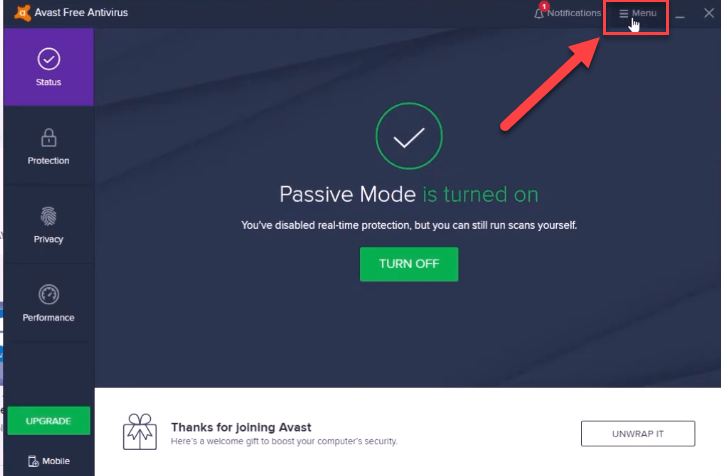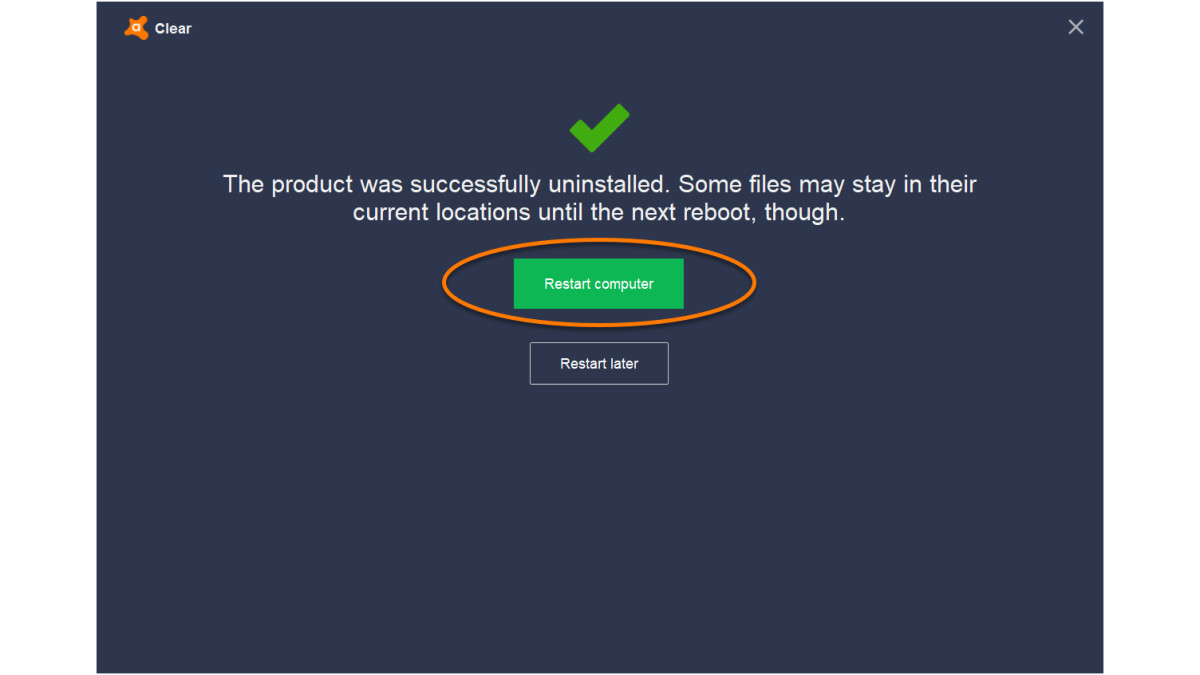
The application is packaged with a brand-new, easy-to-understand graphical user interface, with access to all features available at single click. Note: Updates may introduce it again to the browser.Avast Free Antivirus for Mac is Avast's answer to concerns about how to browse safely.

You can remove that key to delete it from Firefox as well, but that requires a restart of the browser.The preference links to the folder where the extension is hosted in.Here you find the avast! extension listed, and this is how it gets installed in the browser.This is the path for Windows 7, other versions of Windows may use HKEY_CURRENT_USER\Software\Mozilla\Firefox\Extensions instead. Navigate to the key HKEY_LOCAL_MACHINE\SOFTWARE\Wow6432Node\Mozilla\Firefox\Extensions using the folder structure on the left.Use Windows-R to bring up the run box, type regedit, and hit enter.The answer is by using the Windows Registry.

So how did the avast! Online Security add-on get installed in first place if it is not located in one of Firefox's traditional add-on locations? When you restart Firefox afterwards, the avast! Online Security entry is gone from the browser.

When you have deleted the FF folder, or moved it to another location for safekeeping, you need to restart Firefox to complete the removal. The self-defense module is disabled then, and you can remove one or all of the extension folders under the WebRep structure afterwards.

Open the Avast software interface on your system.To disable the self-defense mechanism, do the following: Note: before you go there, you need to disable the self-defense mechanism of the Avast application running on your system, or quit it, or remove the folders while booting into another operating system as they are protected otherwise and cannot be removed.


 0 kommentar(er)
0 kommentar(er)
